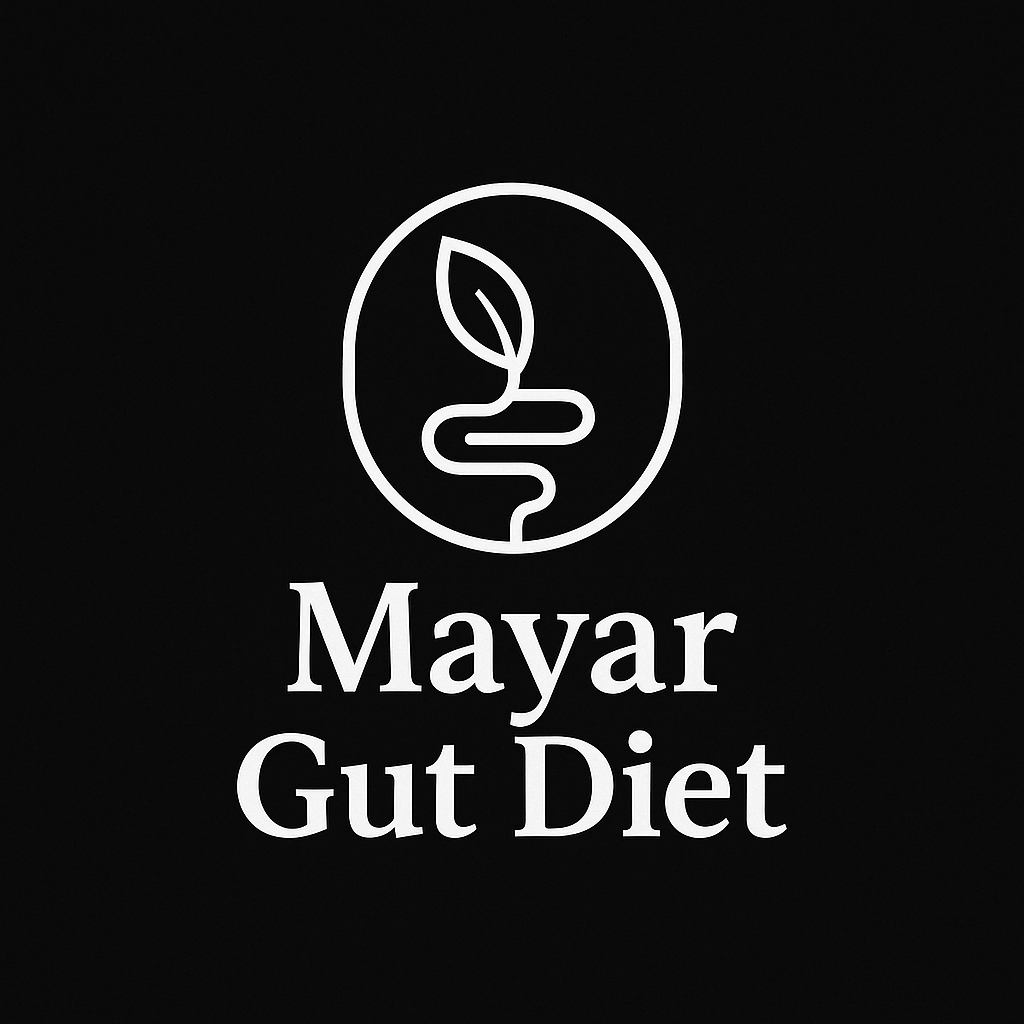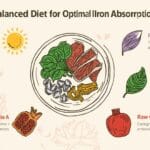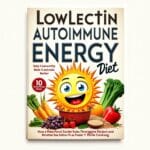Low Gluten Cross Reactive Foods 🌾

Low‑Gluten Cross‑Reactive Foods -Have you struggled with gluten sensitivity but still end up reacting to so-called “gluten‑free” options? Low‑gluten cross-reactive foods might be the hidden culprits! In this article, we reveal 50 safe picks, explain molecular mimicry strategies, and guide you on grain rotation and leaky gut repair timing.
Why Low Gluten Cross‑Reactive Foods Matter
Gluten sensitivity often triggers molecular mimicry, where proteins in foods resemble gluten, prompting antibodies to attack the gut lining. Repairing a “leaky gut” means timing your reintroduction of low-cross-reactive grains carefully to avoid neuroinflammation and flare-ups.
Smart Solutions to Track & Avoid Reactions
Here’s a quick table contrasting crucial strategies 🧠:
| Strategy | What to Do | Benefits |
|---|---|---|
| Molecular mimicry chart | Map protein similarities across foods | Avoid unintentional gluten triggers |
| Grain rotation | Alternate grains every 4–5 days | Minimizes immune response buildup |
| Leaky gut repair timing | Delay reintroducing new grains until gut lining heals | Prevents inflammation, aids healing |
| Antibody testing | Periodic gluten‑specific IgG/IgA panels | Detect hidden exposures or cross-reactions |
| Neuroinflammation foods | Prioritize anti-inflammatory choices | Supports brain and gut during flare-ups |
50 Low Gluten Cross‑Reactive Foods to Include
(Avoid wheat, barley, rye; focus on these low-risk options)
- Quinoa
- Millet
- Buckwheat
- Amaranth
- Brown rice
- White rice
- Wild rice
- Sorghum
- Teff
- Oats (certified gluten-free)
- Chickpeas
- Lentils
- Black beans
- Navy beans
- Pinto beans
- Mung beans
- Red kidney beans
- Green peas
- Yellow peas
- Hemp seeds
- Chia seeds
- Flax seeds
- Sunflower seeds
- Pumpkin seeds
- Sesame seeds
- Almonds
- Walnuts
- Pistachios
- Macadamia nuts
- Cashews
- Pecans
- Hazelnuts
- Brazil nuts
- Peanuts
- Coconut (fresh/dried)
- Olive oil
- Avocado oil
- Extra virgin olive oil
- Ghee
- Duck fat
- Grass-fed butter
- Fresh fruits (berries, apples, pears)
- Citrus fruits
- Cruciferous veggies (broccoli, kale)
- Carrots
- Zucchini
- Sweet potato
- Wild-caught fish (salmon, sardines)
- Free-range poultry
- Organic eggs
🥗 Integrating Strategies with Foods

1. Molecular Mimicry Chart in Practice
Use an evidence-based chart to compare protein structures. For instance, avenins in oats are less likely to mimic gliadin than wheat proteins—guide your food selections wisely.
2. Grain Rotation Tip
Rotate between a pseudocereal (quinoa) and a legume (chickpeas) every 4–5 days. This avoids immune memory buildup.
3. Leaky Gut Repair Timing
Support gut repair for 4–6 weeks with collagen, zinc, and L‑glutamine. Only then, slowly reintroduce quinoa and certified oats while monitoring symptoms.
4. Antibody Testing
Get gluten-specific IgG or IgA tests every 3–6 months. Surges can signal cross-reactive exposures—modify your rotation accordingly.
5. Fighting Neuroinflammation
Include omega‑3 rich salmon, turmeric, dark leafy greens, and nuts to reduce inflammation during reintroduction phases.
✅ Conclusion
Low Gluten Cross‑Reactive Foods such as quinoa, buckwheat, certified oats, beans, seeds, and nuts offer both variety and safety. Complement them with molecular mimicry charts, strategic grain rotation, gut-healing timing, antibody testing, and anti‑neuroinflammation foods. This approach empowers you to manage gluten sensitivity—without sacrificing taste or nutrition.
Frequently Asked Questions (FAQs)
Q1: What is a molecular mimicry chart and why use it?
A: It maps protein similarities between gluten and other foods to identify hidden triggers. This helps you select truly safe foods during sensitive phases.
Q2: How does grain rotation help with gluten sensitivity?
A: Rotating grains every 4–5 days prevents immune sensitization from repetitive exposure to same proteins, giving your gut time to recover.
Q3: When can I reintroduce oats?
A: Only after 4–6 weeks of leaky gut healing, and always use certified gluten-free oats. Monitor symptoms and antibody levels as you reintroduce.
Q4: Which foods fight neuroinflammation best?
A: Salmon, walnuts, flax and chia seeds, leafy greens, and turmeric help reduce gut-brain inflammation during reintroduction.
Q5: How often should I test antibodies?
A: Every 3–6 months. Rising gluten-specific IgG or IgA levels may signal unnoticed exposure from cross-reactive foods.
🔗 Related Articles & Resources
- Histamine Intolerance Breakfast: 7 Energizing Ideas
- 5 Histamine-Low Breakfasts for Morning Relief (Fast & Safe)
NEW Unlock Your Hip Flexors VSL with Therapy Tool























2 Comments